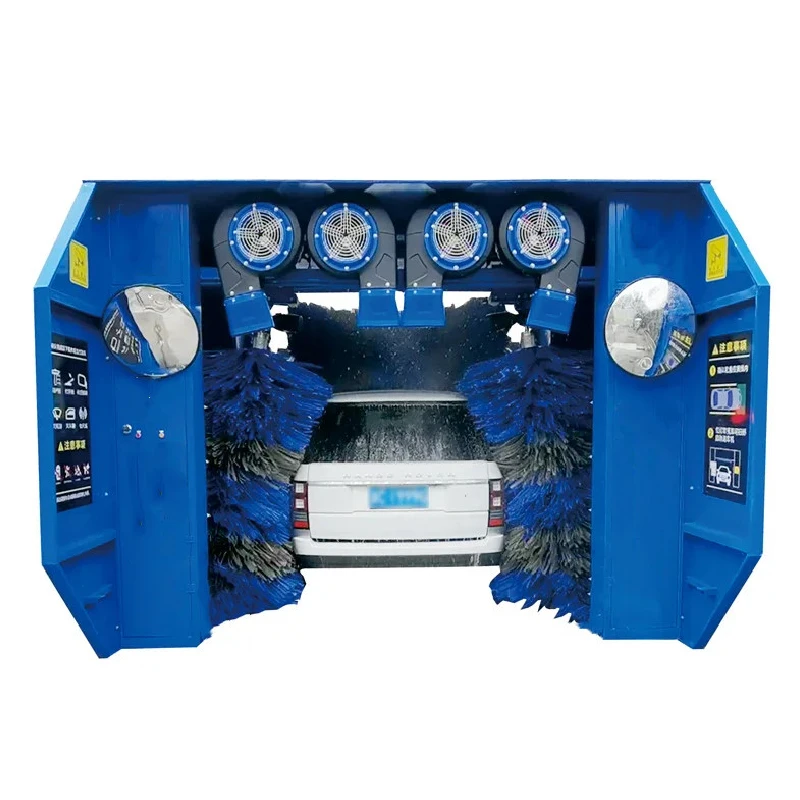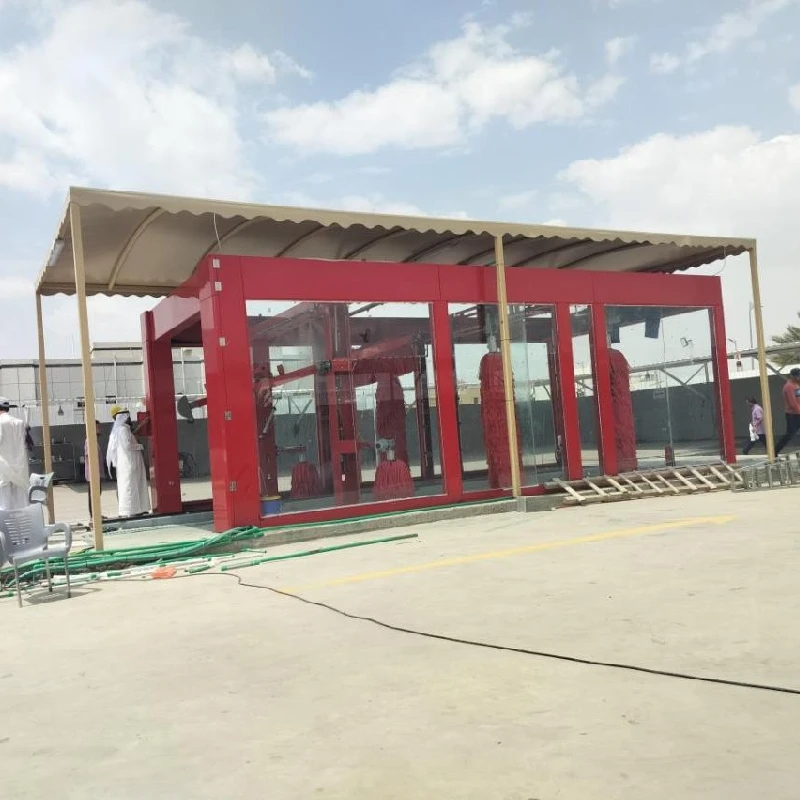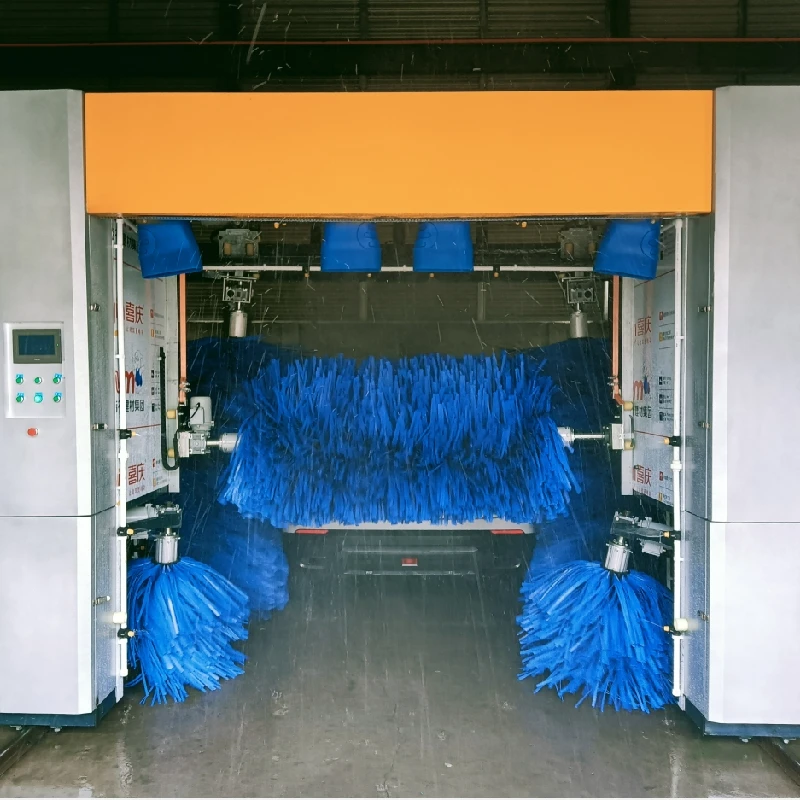Car Wash Equipment: Faster, Safer, Smarter—Why Switch?
Inside the next‑gen automatic car wash: what to know before you buy
If you’re shopping for car wash equipment, you’ve probably noticed the market moving fast—leaner chemistry, smarter controls, and quieter blowers. To be honest, the machines feel more like compact factories now. One system I’ve been following closely is the air‑dried Automatic/Gantry/Reciprocating unit from Xingtai Dingyuan Energy Saving Technology Development Co., Ltd. (27 Retail Sales, East Of Fuxin Road, Qiaoxi Area, Xingtai, Hebei, China). It combines automatic brushing, dosing, and air drying in a single frame—practical for fuel stations and fleet yards alike.
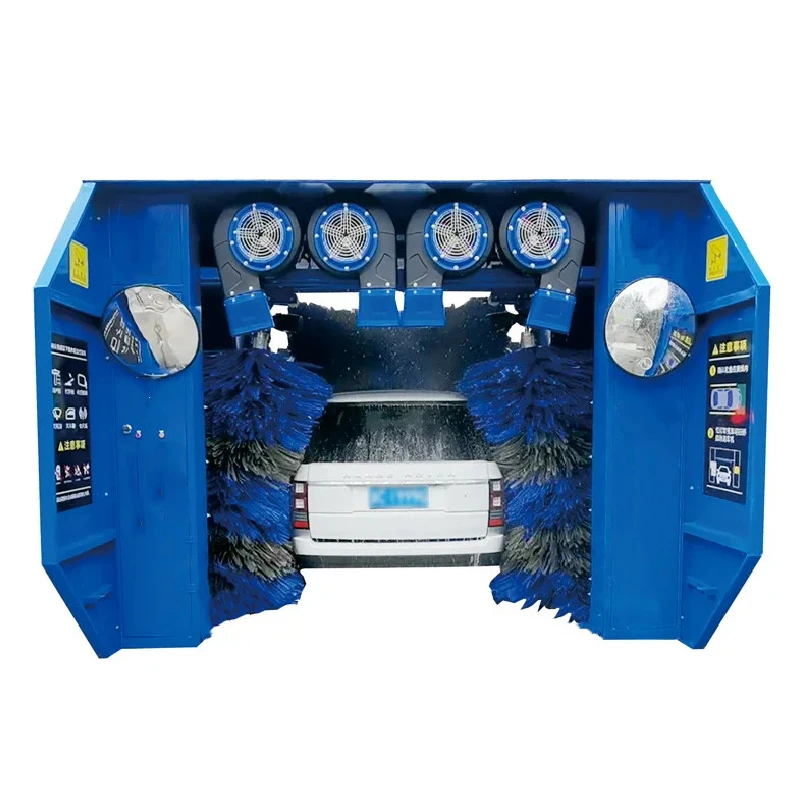
Industry trends (quick take)
- Water reclaim moving to 60–80% reuse; regulators keep nudging the bar higher.
- Variable‑frequency drives shaving 10–20% energy in real‑world use.
- Touchless/foam hybrids gaining traction for delicate finishes.
- Remote diagnostics—less downtime; many customers say it’s the feature they didn’t know they needed.
Product snapshot and specs
This integrated unit is designed as a rolling/gantry system that travels the length of the vehicle, then returns—simple footprint, predictable throughput. Below are typical figures from recent installs; actual values can vary by configuration.
| Parameter | Spec (≈, real‑world may vary) |
|---|---|
| Throughput | 12–20 cars/hour |
| Frame material | SS304 welded gantry |
| Pump pressure | 80–100 bar high‑pressure rinse |
| Brushes | PE/EVA foam, low‑noise core |
| Air drying | 4 × 5.5 kW blowers, nozzle array |
| Water per vehicle | ≈ 90–140 L with reclaim |
| Controls | PLC + HMI, photoelectric profiling |
| Power | 380–415 V, 50/60 Hz (others on request) |
| Noise | ≈ 72–78 dB(A) at 1 m during drying |
| Service life | 8–10 years typical; brushes 60–80k cycles |
Process flow, materials, testing
- Pre‑soak and foam: metered dosing pumps, neutral pH options for ceramic coats.
- High‑pressure contour rinse: adjustable arcs, cavitation‑safe plumbing.
- Brush pass: torque‑limited arms, vehicle contour sensors to protect mirrors.
- Spot‑free/RO and wax: optional; many operators insist for upsell tiers.
- Air drying: canted nozzles target hood/roof/trunk shear.
Materials include SS304 frames, anodized rails, sealed bearings, and IP55 motors. Testing typically references IEC 60204‑1/GB/T 5226.1 for electrical safety, EN ISO 13849‑1 for safety‑related controls, and IP ratings to IEC 60529 for enclosures. I’ve seen blower bearings rated to ≈20,000 h; practical maintenance matters more than lab numbers, of course.
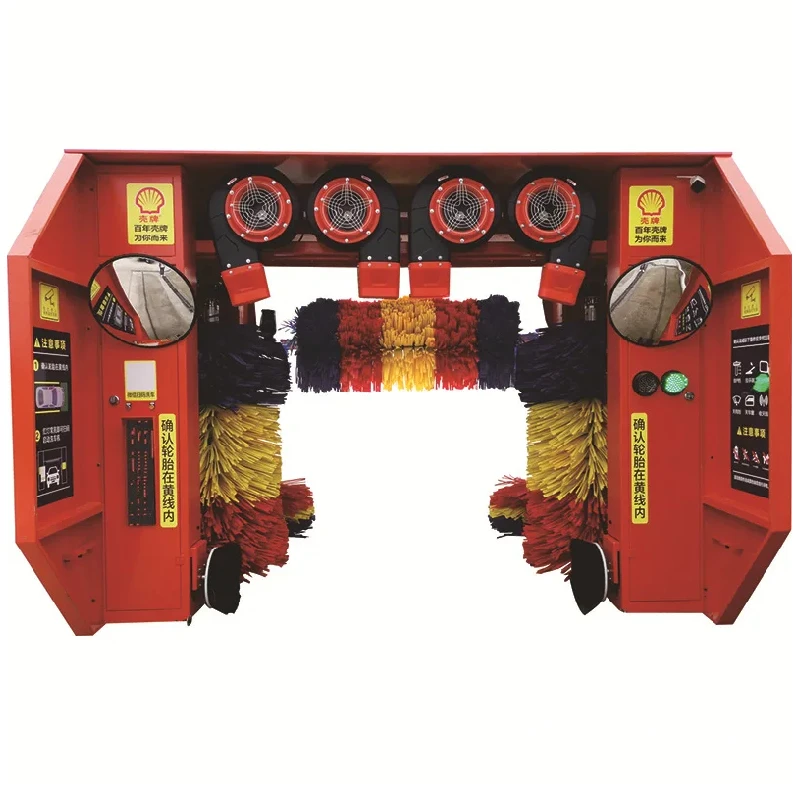
Where it fits and why it wins
- Fuel stations and C‑stores: tight footprint, predictable margins.
- Dealers/detailers: gentle brushes plus foam = fewer rework claims.
- Fleets/municipal: telemetry helps spot nozzle clogs before queues form.
Operators report lower downtime and, surprisingly, fewer customer complaints about noise after switching to stronger yet quieter dryers.
Vendor comparison (at a glance)
| Vendor | Certs | Throughput | Warranty | Indicative price |
|---|---|---|---|---|
| Xingtai Dingyuan (this model) | CE, ISO 9001 (factory); IP55 motors | 12–20 cph | 12–24 months | Mid‑range |
| Tunnel brand A | CE/UL, ISO 14001 option | 60–100 cph | 24–36 months | High |
| Local workshop build | Varies | 8–12 cph | 6–12 months | Low |
Customization and options
Color kits, LED guidance, foam canon branding, extended wheel scrub, cashless terminals, and water‑reclaim skids (3‑stage filtration + activated carbon). Integration with car wash equipment telemetry platforms enables remote alarms and cycle analytics.
Field notes (mini case studies)
- City fuel site: swap‑in gantry boosted monthly volume by ≈28% with a two‑day install; water use dropped ~30% after reclaim tuning.
- Logistics yard: soft‑touch + HP hybrid cut wash time to 3.5–4.5 min/vehicle; mirror damage claims fell to near zero, which the ops manager frankly didn’t expect.
Compliance, data, and service
Look for CE marking (Machinery Directive), documented electrical design per IEC 60204‑1/GB/T 5226.1, and IP test reports to IEC 60529 for panels. For sensitive electronics, I prefer enclosures rated IP54+. Routine QC against ISO 9001 helps consistency. Service parts—brushes, nozzles, VFDs—should be stocked regionally; that’s where car wash equipment uptime is won or lost.
Citations
- IEC 60204‑1: Safety of machinery – Electrical equipment of machines. https://webstore.iec.ch
- IEC 60529: Degrees of protection (IP Code). https://webstore.iec.ch
- EN ISO 13849‑1: Safety‑related parts of control systems. https://www.iso.org
- EU Machinery Directive 2006/42/EC guidance. https://ec.europa.eu
- International Carwash Association – Water & Efficiency Resources. https://www.carwash.org
-
Car Wash Equipment – Durable, Efficient, Pro-Grade SystemsNewsNov.10,2025
-
automatic car washing machine price list: Fast ROI, Low CostNewsNov.10,2025
-
Car Wash Tunnel Design for High Throughput, ROI & UptimeNewsNov.10,2025
-
Car Wash Tunnel Design | High Throughput & Low MaintenanceNewsNov.10,2025
-
Automatic Car Washing Machine Price List - Fast ROINewsNov.10,2025
-
Car Wash Tunnel Design: High Throughput, Custom & DurableNewsOct.27,2025


